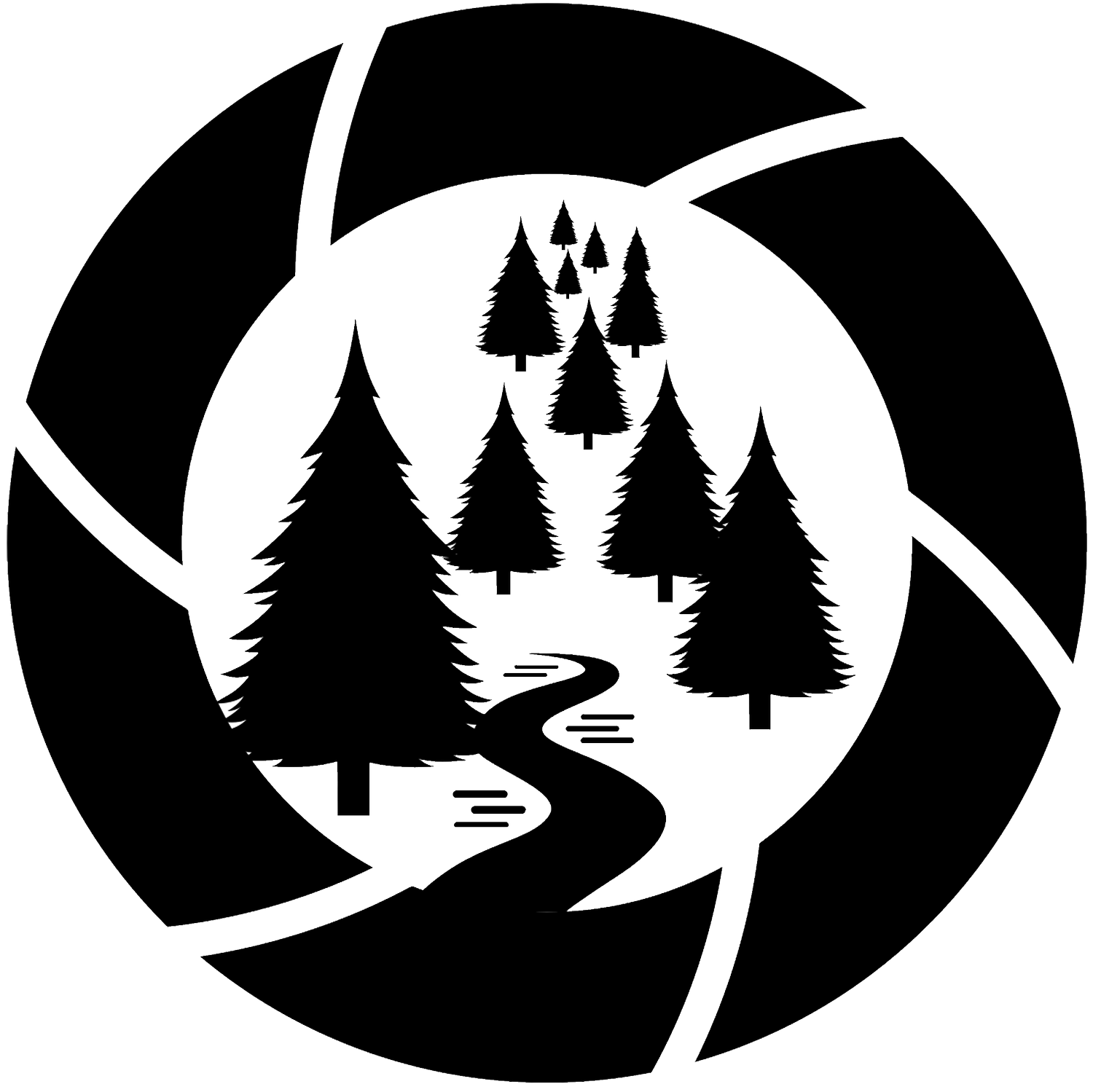Mastering Composition “The Art Of Subtraction In Photography”
If you have been around photography for any length of time you may well have heard the phrase.
“Photography is the art of subtraction”
It's easy to draw the distinction between photography and senior art forms such as painting and drawing. Painting starts with a blank canvas and marks are added which communicate a sense of place, feeling, emotion, or whatever it is that matters to you - the artist. But photography is different you start with everything and have to decide what to leave out.
Photographic composition has its roots in traditional art, the masters of the canvas applied to oil and graphite long ago building ideas of what good composition is, maybe unknowingly, as all they really did was describe visually natural laws in nature that just work, creating balance and a synergy so that when elements are combined they are more than on there own. We have adopted these ideas in photography, and you will come across universally accepted terms like the rule of thirds and the golden ratio.
Photographers like all artists pursue this elusive harmony and balance, or sometimes the opposite to challenge the viewer. In its simplest form, this just involves pointing the camera in the right direction, and depending on what the photograph is for that may be enough. But as landscape photographers, we are looking for a little more
Sometimes it's hard to connect with the landscape in a meaningful way, I think this has to do with its size. Capturing the big scenes can produce stunning dramatic photographs but they don’t necessarily connect with what captures your attention in that moment. Creating a photographic composition starts with asking questions, and asking what stopped you right here at this moment is a good place to start.
It was the light falling on this rock, everything else although beautiful wasn't important - I can’t even remember where I took it. It does not matter if it's about the light the rock and the tones, which is of no consequence. There are no distractions, by closing in on the subject everything else has been excluded - subtracted.
In photography we often talk about simplifying the composition often we may think about minimalism, negative and limited colour pallets. In part, it’s true that if you keep removing elements you will end up with a minimalist photograph. But minimalism isn't the end result or goal of using subtraction in creating your photographic compositions - it’s just one of the possible outcomes. Subtraction is a process of simplification to leave you with a photograph containing nothing but the most important parts of the image, where everything has its place
In this example, I started with the wide-angle view, but I found the path competed with the river for my attention. This created some tension and conflict it was a distraction. Simply cropping it out (Subtracting) is all that is needed to strengthen the viewer's connection with the main subject. I think this is how most of us use subtraction without noticing it. And to grow as photographers we need to sharpen our senses, probe our reasoning and notice what we are doing.
Subtraction is part of composition. The path was originally included to invite the viewer into the photograph, everything included must be intentional. Everything in the frame either adds to the strength of the work or subtracts from it. I went on to change the format of the image again and made the boulders in the foreground stronger - They lead your eye up to the tree and into the scene.
Subtraction not only helps with the obvious aesthetics of the image but creates an atmosphere adding layers of interest and intrigue into the photograph. Capturing the imagination of the viewers, getting them to spend more time with the photograph, asking questions and looking for meaning. In the example of the tree with an open gate, the tree lacking in leaves but covered in lichen is the main player. The gate in the pool of light adds a little mystery - I wonder where it leads, what if I walk through. It was the gate that inspired me to take the photograph.
It's often said that three elements in a photograph are a powerful combination, odd numbers often lead to harmony and balance.
Two elements compete for attention and play off each other.
The roof is reminiscent of a wave rolling into the coast. and I wanted to emphasise this feature. I wanted the sharp edge of this man-made representation of a wave to contrast with the background - the sea. It was important to exclude any distracting elements so I cropped in and used a slow shutter speed to reduce the texture in the sea. choosing what to subtract from the com The inclusion of the rocks on the LH side creates a sense of place
Next time you are out with your camera. Question your motives behind making the photograph, simplify your compositions, excluding distractions and elements which do not add anything to the message and the story you want to tell.
I Offer Landscape Photography Workshops & Lectures To The Photographic Community……… Read More





